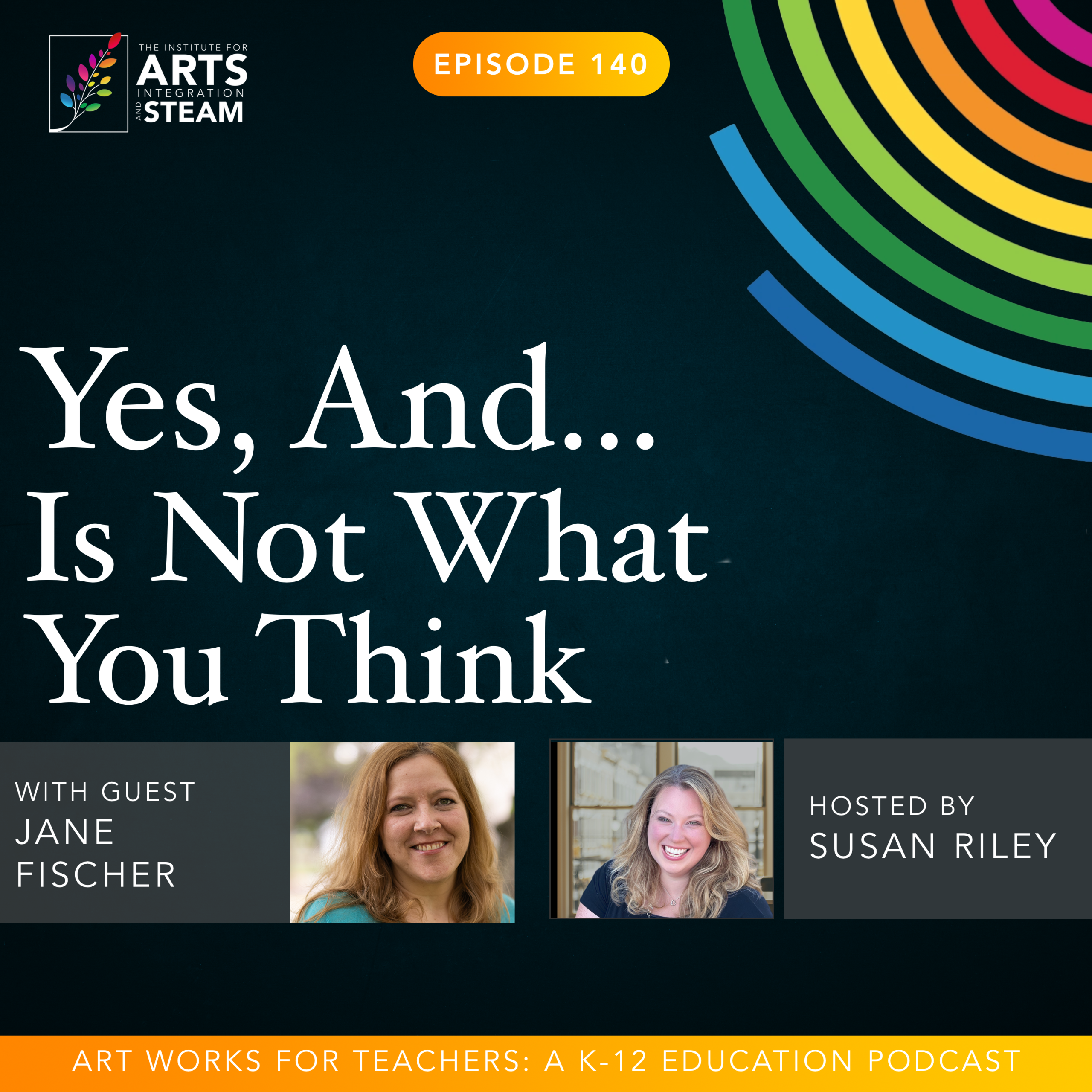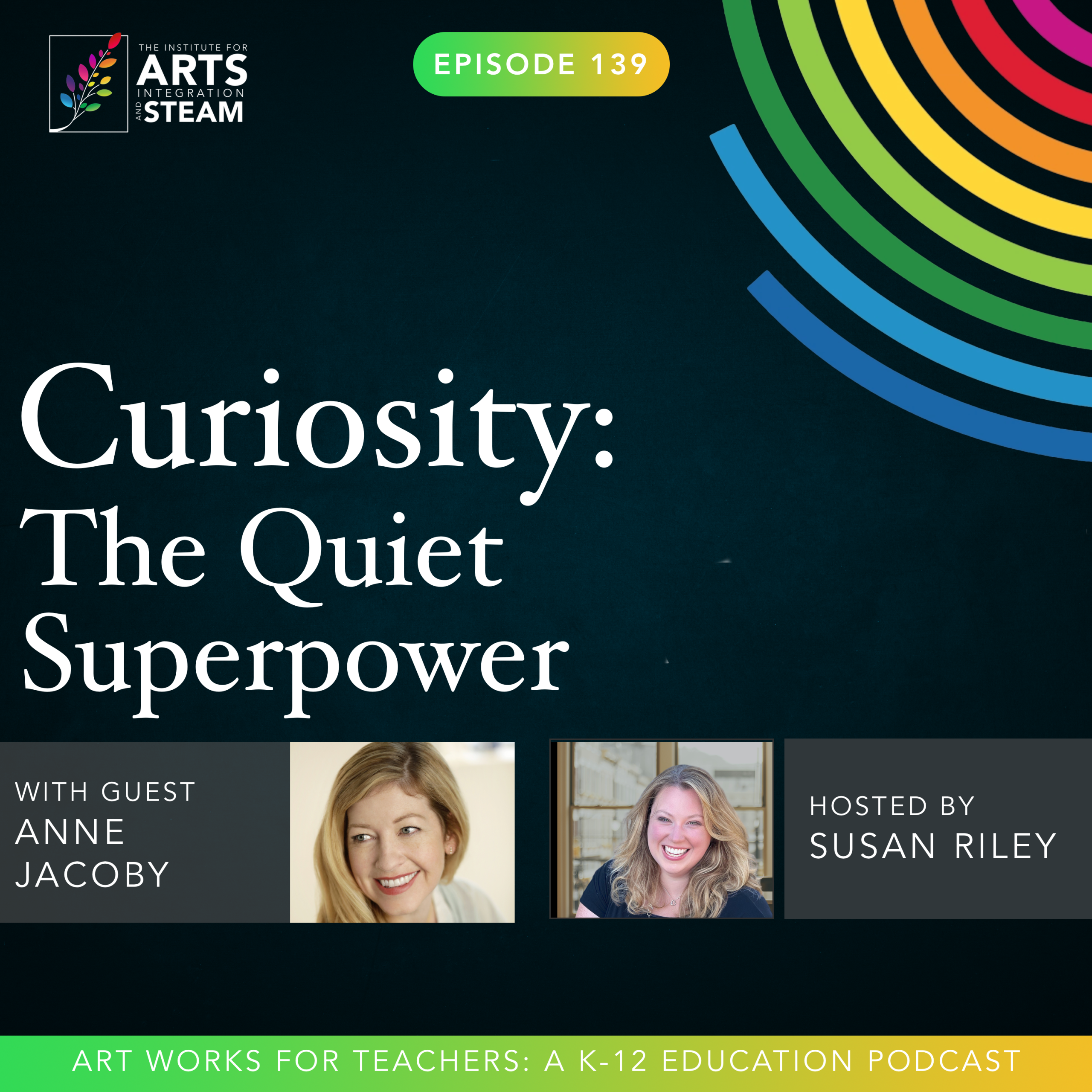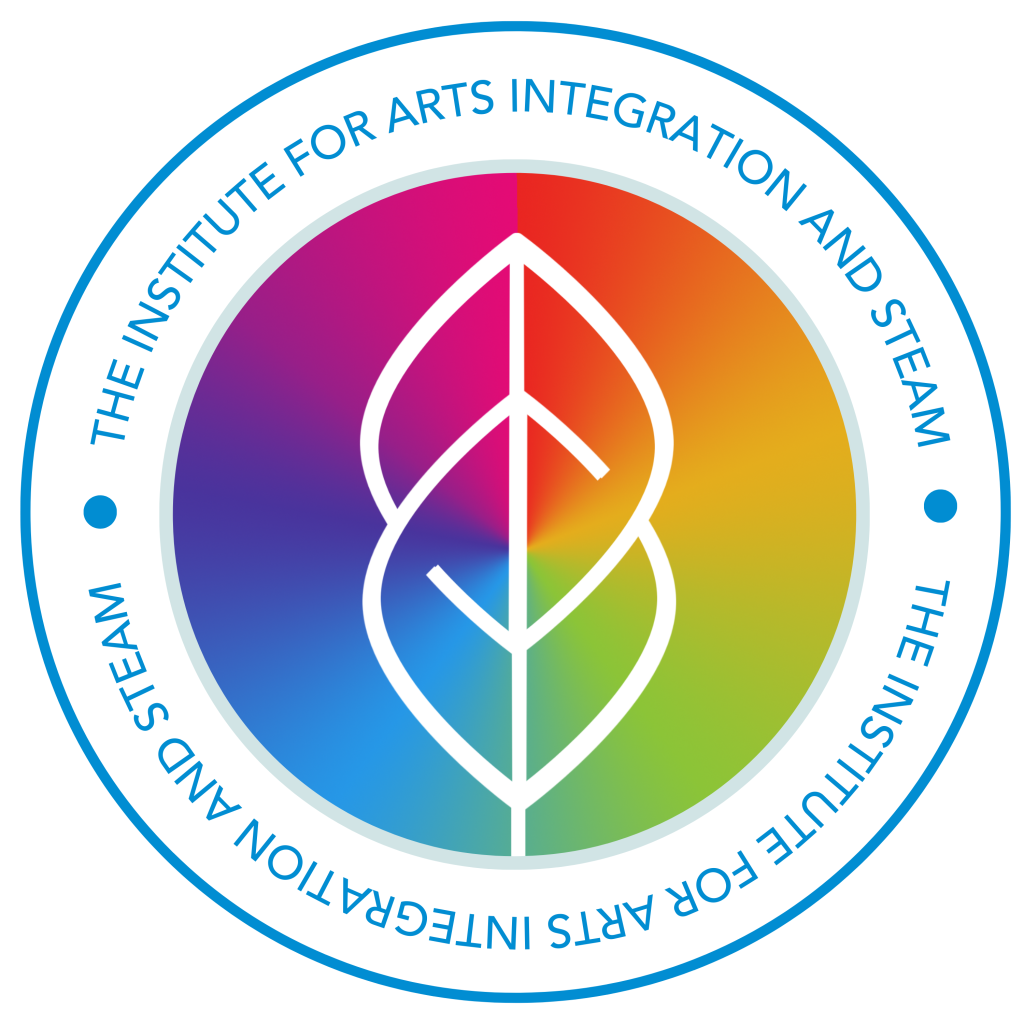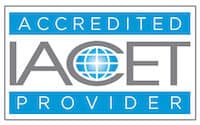ART WORKS FOR TEACHERS PODCAST | EPISODE 120 | 19:36 MIN
Beyond the Score: Supporting Students through Testing Season
Enjoy this free download of the Supporting Students through Standardized Testing resource.
Well, hey there, friend. Welcome back. Now if you’ve been tuning in for the last month or so, you know that I have been interviewing a lot of people and bringing on all kinds of different voices. And, today, you’re just gonna hear from me. I kinda go through spurts, you know, and I’m sure that you do as well.
I don’t know about you, but I am an introvert. And so talking to people is actually a little challenging for me. It’s, I enjoy it when I’m in it. I really like to have 1 on 1 conversations, but, you know, there’s this anticipation there and kind of feeling like you have to be on, which is okay. But, sometimes I need a little break from that.
So today, you just get me, and I hope that that’s alright. So I was thinking about what we could chat about today, and one of the things that immediately popped into my head was testing. So let’s just be real about this for a moment. I don’t know where you are and where you are teaching right in this moment, but I know that for many educators, spring the reality of spring in teaching is testing. We didn’t necessarily need testing.
Right? We didn’t what we’ve learned from not testing for a year is that something that we’ve already known is that testing isn’t necessary for our students, for our teaching. The standardized tests that we give our students, we can kind of say, yes. These help us identify gaps and whatnot, but really, we know fundamentally that it’s not necessary. And so it was nice not to have to do testing, but unfortunately, what we have found is testing is returning.
And it’s coming under the guise of this is gonna be helpful for us long term to see the ramifications of the pandemic on student learning. And I think any teacher, any educator could tell you right now what the ramifications of the pandemic are on learning. Right? I think any parent who has sat with their kids at the dining room table trying to help them during the pandemic has can tell you the ramifications of the pandemic on their child’s learning. We know this.
This is common sense. I don’t think we need a standardized test to tell us that. And I think, from what I have chatted with other educators about, I think the feeling that is coming across is that it’s frustration. It’s, kind of exasperation. We don’t we don’t need this.
This that information of, you know, the what did the pandemic do to testing is a guise. It is a wolf in sheep’s clothing that, the reality is that the testing corporations have advocacy groups just like all kinds of special interest groups do, and by not testing, we are affecting their bottom line. And so they would like to make sure that their bottom line is healthy this year, and therefore, they advocated for testing using this, you know, kind of wolf in sheep’s clothing statement that it’s gonna help us learn the ramifications of the pandemic on learning. So all of that being said, as educators, yes, we’re frustrated. Yes.
We know what’s actually happening here with testing. And so but I’m a big promote proponent of there are some things that we cannot change. So what can we do instead to make the best out of a situation? However, the reality is and I if I’m nothing if not a pragmatist. The reality is testing is here.
Our students are going to be required to take these tests. What can we do as educators to support them? So, this week, my daughter took her 7th grade standardized tests, and the 1st day was all math. 2nd day is ELA. My daughter is is very much an ELA based student.
She loves English language arts. It’s where her passion is. Math, she likes math. It’s just not where she does best. And I think like all of us, she doesn’t necessarily love to do something that is a little harder for her.
So when I came home after the 1st day, I anticipated she wasn’t gonna be super happy because it was a full day of math standardized testing. It wasn’t even fun. But I wasn’t anticipating the tears. My daughter never cries when she takes tests, but this one really forced her, into a state of mind that she felt like she was a failure because she was working on the quantitative reasoning section and, couldn’t get through all the questions because she was trying to solve for all of the answers. And those of you out there who are listening to this and you’ve you’ve, kind of proctored these tests before, you know, quantitative reasoning isn’t necessarily meant for you to solve every problem.
It’s meant for you to logically look at 2 2, you know, answers and pick the one that makes the most sense. But in her mind, it it’s a math problem. Therefore, it’s there to be solved. And so it took her a long time to try to work through each of the problems, and therefore, she didn’t get through it. And to her, she internalized the test as a personal failure, as a a way that she was not good at school.
And I think this gets to the heart of why we get frustrated with standardized testing. Right? So she and I had a long discussion about what does it mean. Like, what does this test have any meaning over your life other than that particular day and in that moment? Not really.
Right? It’s not gonna be used to place you in a in a class next year. It’s not going to be following you around for your college transcripts, all of these things. Right? So to try to take the personalization out of standardized testing.
And I don’t think we do that enough for our students. So first thing, I think the ways that we can support our students when we have to face these standardized testing periods is, 1, to assure them that this test is not indicative of who they are as a person or their academic potential or achievement thus far. Right? It’s a one day measurement. And sometimes I feel like we get so caught up because there’s so much pressure behind these standardized tests for us and for our students that we all have this kind of anxiety driven component, and then it does feel like a judgment on us.
So having that conversation and this is where we talk about SEL. Right? Social emotional learning. This is one of those opportunities to weave the SEL competencies in and to understand this is not a personal reflection of me as an individual and having that conversation with students. So I think, 1, prepping them for the test, giving them information like, okay.
What can we expect on each of the sections, and what is the, best way to approach each of those sections also helps students. Right? So it’s the preparation and the conversations that this test is not a personal reflection of yourself. So I think that’s step number 1. That’s really kinda 1 a and 1 b, having that conversation that it’s not personal, but also prepping students for what to expect.
I think, and I’ve seen this multiple times as a proctor, as a parent. When we prepare our students for what to expect, it takes the anxiety out of the situation, and they see it for what it is.
So step number 2, you know, I’m always gonna advocate for leveraging the arts whenever possible.
Now I know that feels a little odd, when we’re talking about standardized testing. It feels like those two things don’t go hand in hand, but, actually, when we’re talking about prepping for standardized, tests, there are some really great ways that you can use the arts as a mechanism for both getting ready for that test, building your skill capacity, and also kind of releasing the anxiety from that testing period. So here’s what I mean by that. If you’re getting students ready for the test, one of the things that I like to do about 2 weeks prior to standardized testing with students is to start letting them use some concentration strategies, especially through theater. One of the things is the concentration circle.
What you’re gonna do is have students gather in a circle and try to have them focus in one spot. So I have students kind of find a spot to focus on somewhere in the room that’s across from them. So if it’s a point on the wall or if it’s a desk, something. Right? And have them really take just focus in on that area.
Soften their eyes if they can to to zone in there. And then I, as the the teacher, I’m gonna get in the center and I’m gonna try to break your concentration. So I can do anything except, you know, touch. I can’t touch you, and I can’t do anything that is outside of school rules of any kind. Right?
So we’re not using foul language. We’re not we’re not trying to make obscene gestures, nothing like that. We’re being, obviously following school rules, but I can do a lot to try to get you to break your concentration. I can jump up and down. I could make funny faces.
I could make some noises. I could snap in front of you. There are so many ways that I, with my gestures, with my voice, with my acting abilities, could try to get you to break your concentration. And you’re not again, this is in a circle, so you’re gonna go around to each student individually, but you’re not gonna spend a ton of time there. So you don’t wanna spend a whole minute trying to get somebody to break their concentration, but spend 2 to 3 seconds trying to do something.
Wave in front of their face, kind of smile, make, you know, a funny face, do something unexpected, and move on. And if you can get them to break their concentration, which many students will, if they break their concentration, just immediately come out of character and say, okay, bring your focus back and redirect them to focusing back on that area that they were looking at before. And so you do the 1st round and then select a student to take your spot and they get to do it. The students love it when they can do it themselves. I like to do 2 or 3 rounds once or twice a day.
So what this is doing is helping students practice concentrating, which sounds like it might be a waste of time, but I guarantee you it’s not. Here’s the deal about standardized testing and why this works so well 2 weeks in advance or so and starting to build those skill capacities. Students have to sit for a standardized test for a long period of time, 45 minutes to an hour for each section. That is a long time for them to concentrate and focus on a specific task, and we don’t prepare them for that. They don’t have that skill capacity built in.
That’s not how we are built as humans, so they need time to practice those skills. So the concentration circle is a great way to do that. I encourage you to just start trying that now and getting them used to building that concentration and focus muscle. Another thing that’s great is bringing in some singing. So, having students learn a fun song.
Now again, this is not pure arts integration. This is arts enhancement, but I’m telling you, it’s gonna work. Bring them in a song, something that’s fun. Have them, kind of sing that throughout the week, and get them to the point where they’re playing with dynamics, playing with different styles of singing that same song. Like, how soft can we sing this song?
How loud can we sing this song? How fast can we sing it? How slow can we sing it? Get them playing with that. That’s gonna do a couple of things.
First, it’s getting their brains using a different portion of their brain than what they might be used to. So this is a great brain break strategy. This is something that you could do in between sections of your standardized test. So getting them ready for it now helps them, you know, keep motivated. Another thing you could do is you could if they’re struggling with fact fluency or with memorization, obviously, using songs as a mnemonic device is very helpful for that.
We know that. That is arts enhancement, but I’m not knocking it because it works, it’s helpful, and it gets students using a different modality. Something else that I’m gonna recommend for you is moving in any way you can with your students. Do this before the test, during the break periods from the test, and particularly after. Energy is not meant to be stagnant.
Right? And so when we sit for long periods of time, when we’re focusing on something like a standardized test, our energy starts to settle, and it needs a place to go. Right? It cannot stay stagnant. So there’s a couple of different ways that I would suggest doing this.
Learn some yoga poses, some basic yoga poses, nothing like crazy. Right? And we’re not twisting into pretzels here, but I want you to learn some just basic yoga poses and have students practice doing those ahead of the the test. Get them stretching, moving, get that energy flowing. And then once they’re finished with a section of the test, do those same yoga poses again.
Right? Get them moving, get that energy back moving through their bodies again. Once you’re completely done with the test for the day, I would turn on some music and let them do a little dance party in your room. This works kindergarten through 12th grade, doesn’t matter. It allows that energy that has been kind of moving a little bit slowly to finally kind of expend and get that get it out, get it out of your system.
Getting a little bit of sweat, a little bit of cardio in is always gonna be helpful for your students. And I like when you bring this in again before, during, and after the test because it helps keep that, that mindset going. So the your mindset is so driven by partially how you feel, where your energy levels are. So those three things are gonna be super helpful. Lastly, this isn’t really moving, but this is a part of moving.
It’s something that I love to do right before students sit down to take the test is the Superman pose. Have you all heard about the Superman pose? So you’re you’re gonna stand, straight, nice and tall, put your arms, or your hands on your waist, stick out your chest a little bit, put your head up as if you were Superman wearing your cape, and just stand there for 2 minutes. It’s a power pose. And there’s a great TED talk by Amy Cuddy, who is a social psychologist.
And she explains that if you do this, for 2 minutes, at least 2 minutes standing like Superman. It raises your the testosterone level, which we all have, the feeling of being powerful and lowers cortisol levels, which relates to stress in our brain simply by holding that pose. So when you stand there, have your students do that 2 minutes prior to starting their test, makes them feel really powerful, lowers their stress, allows them to walk into testing in a meaningful way. And then, of course, go through the other strategies when you have your break times and when you’re done with testing for the day. So that’s my tips for you this week.
I’m hopeful that you’ll use both singing and some movement, maybe those power poses, and definitely prepping your students ahead of time to lower their anxiety levels as we head into this testing season. I know that this is not the subject that we all love to talk about, but it is a reality of what we’re facing right now. And I’m hopeful that these small strategies are something that you can use to help make this just a little bit more bearable, in the meantime. So that’s where I’m at this week. I hope that you’re having a great week and that you’re staying well and healthy.
I’ll be back next week with some more tips and tricks for arts integration and STEAM.









